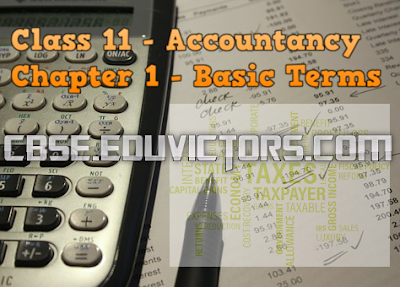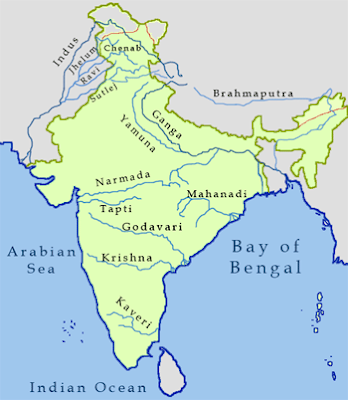Colonialism and the City
Important points:
①
The partition of India in 1947 led to a massive transfer of populations, and Delhi became a city of refugees.
②
While Old Delhi was almost ignored by the British, millions were spent on developing New Delhi.
③
In the late 18th century, Calcutta, Bombay, and Madras became the centres of British colonial power.
④
In 19th century, in most parts of the Western world, modern cities emerged with industrialisation, but Indian cities under British rule did not benefit much.
⑤
After 1911, Delhi became the capital of British India. New Delhi took nearly 20 years to build.
Q1: State whether true or false:
(a) In the Western world, modern cities grew with industrialisation.
(b) Surat and Machlipatnam developed in the nineteenth century.
(c) In the twentieth century, the majority of Indians lived in cities.
(d) After 1857 no worship was allowed in the Jama Masjid for five years.
(e) More money was spent on cleaning Old Delhi than New Delhi.








